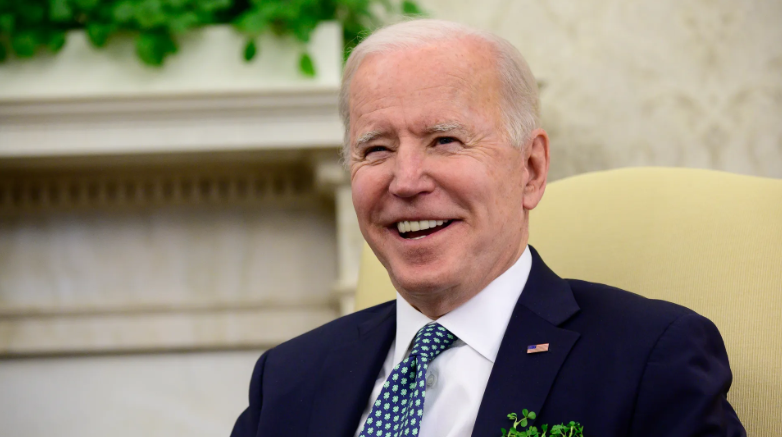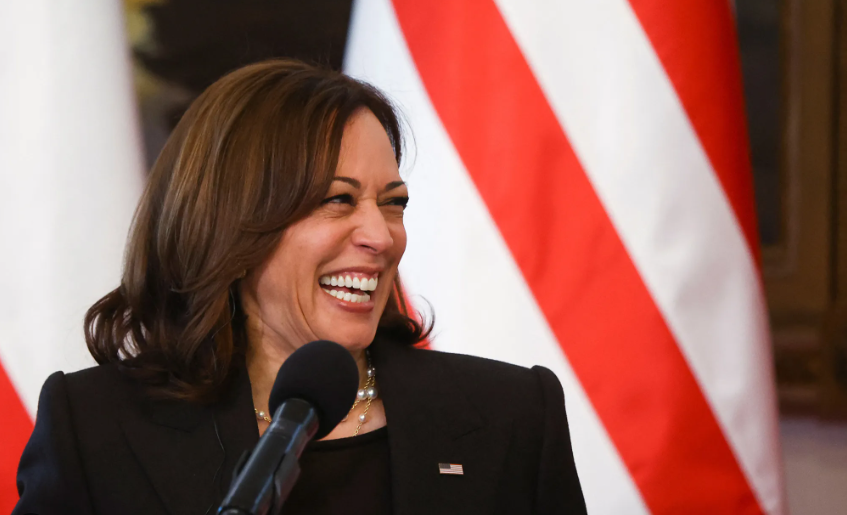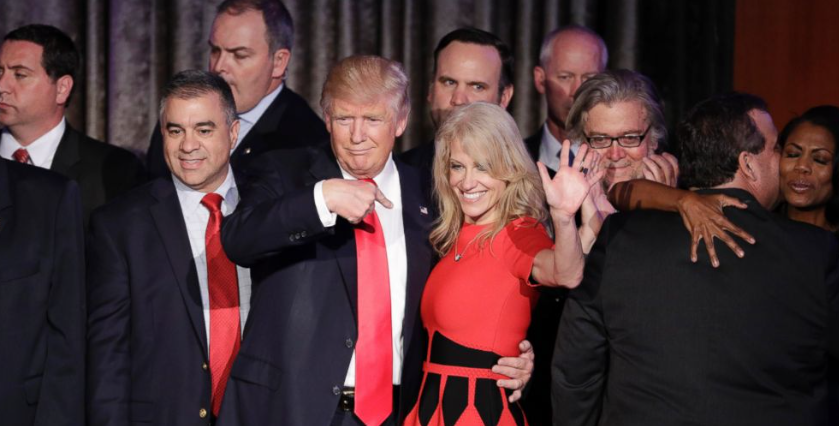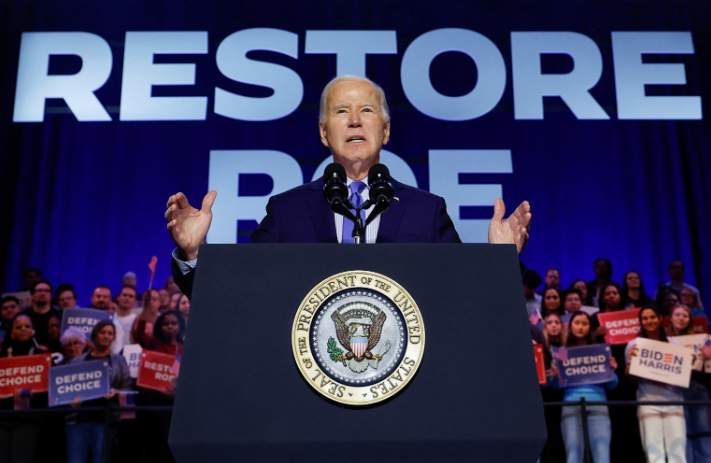
In a significant move to address the enduring crisis of student debt in the United States, President Joe Biden recently unveiled a new student loan forgiveness initiative. This plan, designed to offer relief to borrowers overwhelmed by education debt, targets five specific groups, marking a focused approach to dismantling the barriers that hefty loans erect in the lives of countless Americans. Unlike its predecessor, which faced a blockade from the Supreme Court, this “Plan B” strategy is set to directly impact the financial futures of tens of millions of borrowers, paving the way for a more equitable access to financial freedom.
A Closer Look at the Eligible Groups
1. Battling Runaway Interest
For over 25 million borrowers, the dream of paying off their student loans has been perpetually out of reach, thanks primarily to accruing interest that has left them owing more than their original loan amount. Under Biden’s plan, a lifeline is thrown to these individuals, with up to $20,000 of unpaid interest eligible for forgiveness. This provision extends to borrowers of all income levels, with certain low- and middle-income individuals participating in income-driven repayment plans standing to benefit from complete interest balance cancellation.
2. Unapplied Forgiveness Programs
Despite the availability of debt forgiveness programs, many borrowers remain unaware or unable to navigate the complex application processes. Biden’s initiative seeks to bridge this gap by automatically cancelling debt for those who qualify for relief through Public Service Loan Forgiveness, the Saving on a Valuable Education (SAVE) Plan, or other income-driven repayment schemes but have yet to apply. This automatic review and relief process promises to simplify and expedite access to much-needed support.
3. Long-term Borrowers
Another segment poised for relief under the new plan includes borrowers who have been repaying their student loans for two decades or longer. Approximately 2.5 million borrowers with undergraduate and graduate school debt, who first entered repayment before specified dates in 2005 and 2000 respectively, will see their loans forgiven, offering a long-awaited conclusion to their repayment journeys.
4. Victims of Low-Value Education
In an effort to protect students from predatory educational institutions, the plan also targets borrowers who have been misled by “low-value” colleges. These are typically institutions that either closed or failed to deliver on their educational promises, leaving graduates no better off than their high school diploma-holding peers. Borrowers affected by such institutions will now have a pathway to apply for loan forgiveness, offering restitution for the injustice of investing in a fruitless education.
5. Borrowers Facing Hardship
Acknowledging the varied and complex nature of financial hardship, the plan includes provisions for borrowers experiencing significant life challenges that impede their ability to repay their loans. This broad and inclusive category aims to address the needs of individuals at high risk of defaulting on their loans or those burdened by additional financial obligations, such as medical debt or childcare expenses. This aspect of the plan is particularly geared towards offering relief to Black and Latino borrowers, who statistically bear a disproportionate share of the nation’s student debt burden.
A Step Towards Financial Equity
President Biden’s new student loan forgiveness plan represents a pivotal step towards rectifying the systemic inequalities that plague the American education system. By targeting specific groups for relief, the plan acknowledges the multifaceted nature of the student debt crisis and offers tailored solutions to those most in need. As these measures roll out, the hope is that millions of Americans will find themselves unshackled from the financial constraints of student loans, empowered to pursue their dreams without the looming specter of debt holding them back.
As we navigate the implementation of this groundbreaking plan, it’s essential to stay informed and understand how these changes may impact you or your loved ones. The promise of student loan forgiveness is more than just financial relief; it’s a reaffirmation of the belief that education should be a gateway to opportunity, not a source of lifelong debt.











